Drag racing has been a pivotal force in shaping the muscle car culture, influencing both the development of high-performance vehicles and the lifestyle surrounding them. From the early days of street racing to the organized competitions that followed, drag racing has left an indelible mark on automotive history. The symbiotic relationship between drag racing and muscle cars highlights key developments and cultural impacts that have defined this unique aspect of car culture.
The Origins of Drag Racing

Drag racing emerged as a popular pastime in the United States shortly after World War II. Returning soldiers, many of whom had developed mechanical skills during the war, began modifying their cars for increased speed and performance. This era saw the transformation of street racing into a more organized form of competition. The dry lake beds of Southern California became the birthplace of these early races, where enthusiasts gathered to test their vehicles in a controlled environment.
Pioneering figures such as Wally Parks, who founded the National Hot Rod Association (NHRA) in 1951, played a crucial role in legitimizing drag racing. The NHRA’s establishment marked a shift from informal street races to sanctioned events with standardized rules. Iconic races like the first NHRA Nationals in 1955 helped elevate the sport’s profile, drawing large crowds and media attention. These events not only showcased the thrill of speed but also highlighted the technical prowess of the vehicles involved.
Muscle Cars: Born from the Drag Strip
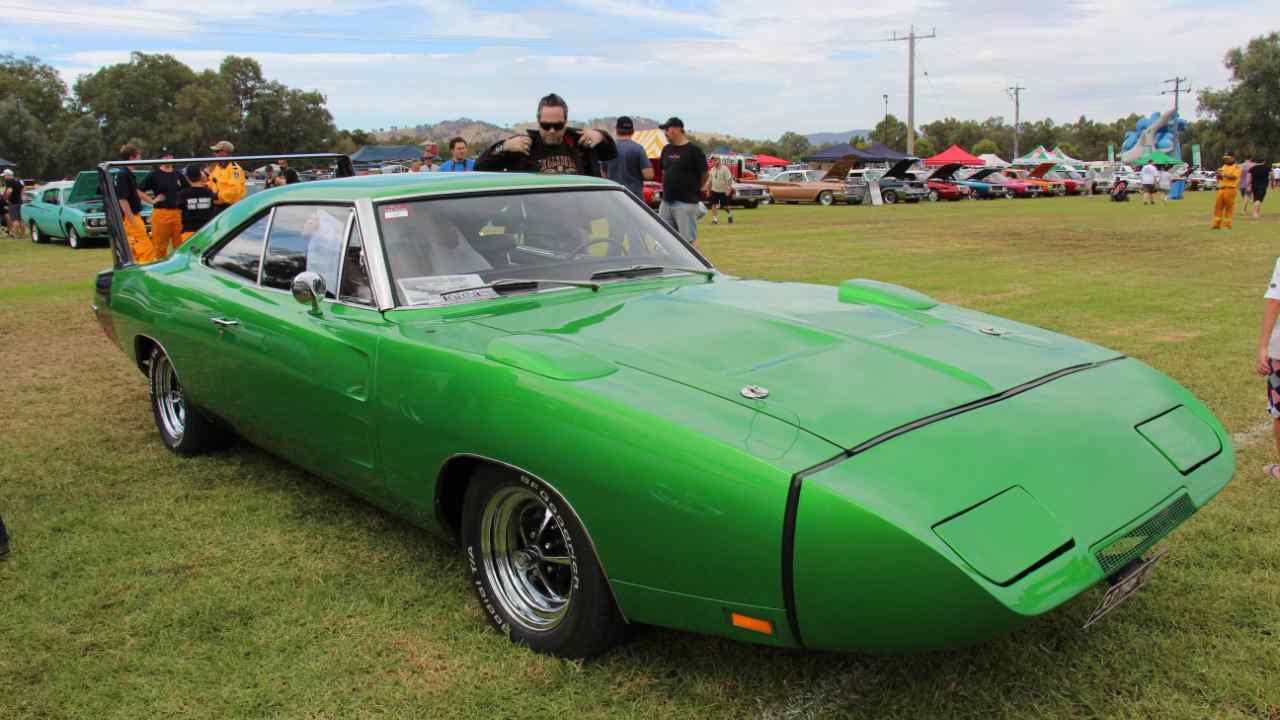
The popularity of drag racing in the 1950s and 1960s prompted automakers to respond with factory-built muscle cars designed specifically for speed and performance. Companies like Ford, Chevrolet, and Dodge began producing models that catered to the growing demand for powerful vehicles. The introduction of cars like the 1964 Pontiac GTO, often credited as the first true muscle car, exemplified this trend. These vehicles were equipped with high-performance engines and features that made them ideal for drag racing enthusiasts.
Iconic muscle cars such as the Chevrolet Camaro, Ford Mustang, and Dodge Charger became synonymous with the drag racing scene. These models not only dominated the racetrack but also captured the imagination of the public. The 1969 Dodge Charger Daytona, for example, was designed with aerodynamic enhancements specifically for racing, achieving legendary status with its performance. Historical anecdotes, like the rivalry between the Ford Mustang and Chevrolet Camaro, further fueled the market’s enthusiasm and solidified the muscle car’s place in automotive history.
The Cultural Impact of Drag Racing
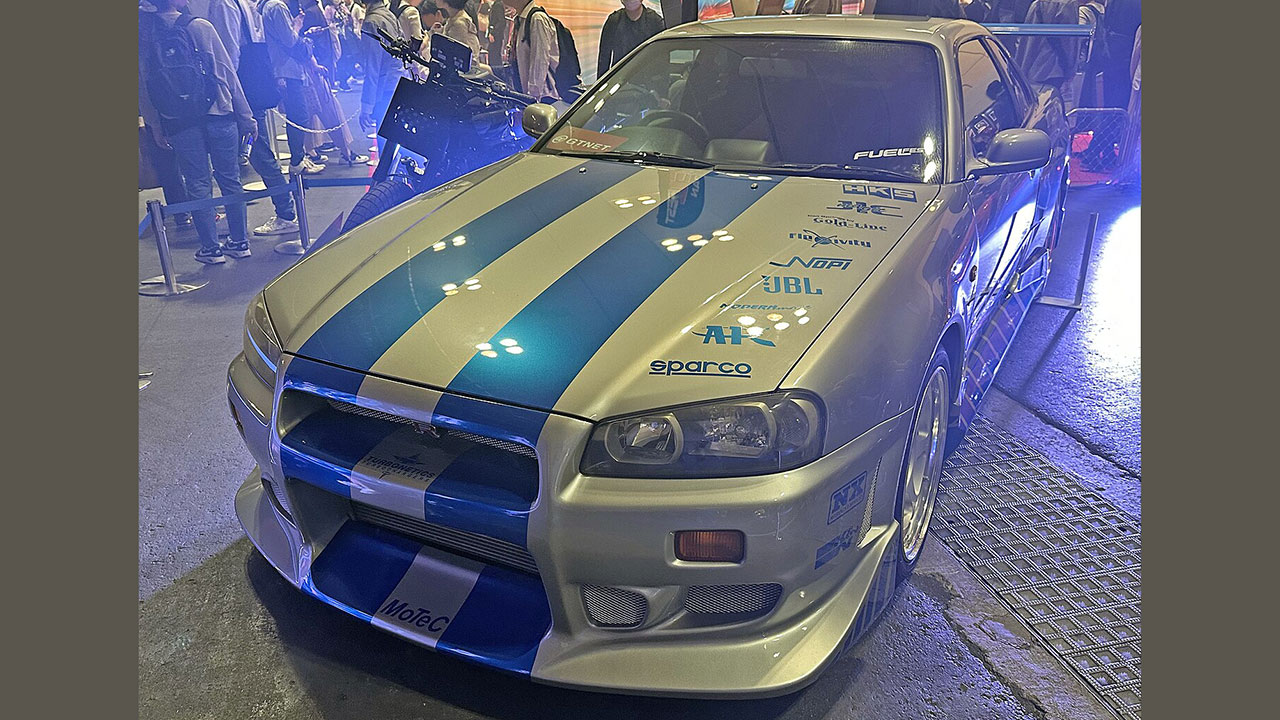
Drag racing’s influence extended beyond the racetrack, permeating mainstream culture through film, television, and music. Movies like “American Graffiti” and “The Fast and the Furious” series brought the excitement of drag racing to a wider audience, while television shows like “Pinks” showcased the competitive nature of the sport. These portrayals helped perpetuate the allure of muscle cars and introduced new generations to the culture surrounding them.
The lifestyle and community that developed around drag racing were characterized by a strong sense of camaraderie and shared passion. Car clubs and gatherings became popular venues for enthusiasts to showcase their vehicles and exchange knowledge. Events like the NHRA Nationals and local drag strips provided opportunities for racers to compete and connect with others who shared their interests. This sense of community played a significant role in the evolution of drag racing events, transforming them into social gatherings that celebrated automotive innovation and performance.
Technological Innovations Driven by Drag Racing
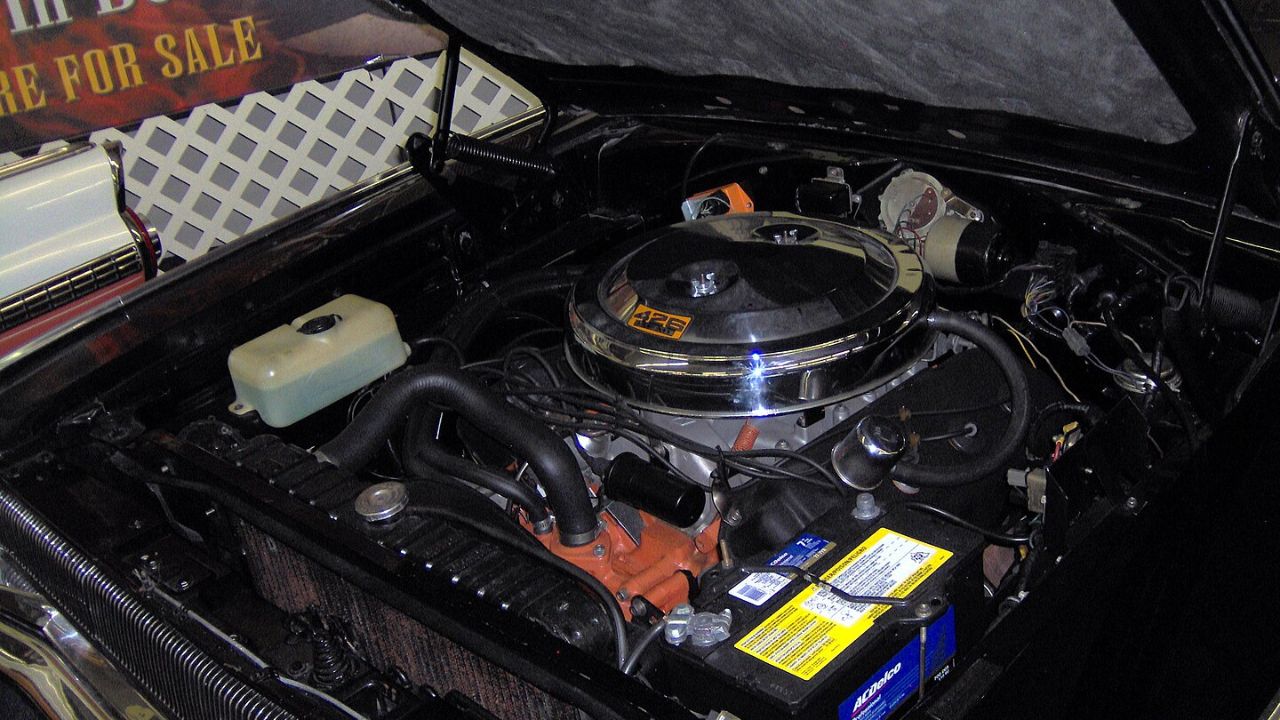
Drag racing has been a catalyst for numerous advancements in automotive technology. The pursuit of speed and performance led to innovations in engine design, aerodynamics, and materials. High-performance engines, such as the Chrysler Hemi and Chevrolet’s big-block V8, were developed to meet the demands of competitive racing. These technological breakthroughs not only enhanced the capabilities of race cars but also influenced the design of consumer vehicles.
Safety improvements, driven by the need to protect drivers at high speeds, have also had a lasting impact on the automotive industry. Innovations such as roll cages, fire suppression systems, and advanced braking technologies were initially developed for drag racing but have since been adopted in mainstream car manufacturing. The competitive nature of drag racing has spurred rivalries that drive technological progress, resulting in a trickle-down effect that benefits everyday drivers.
Modern Day Influence and Legacy
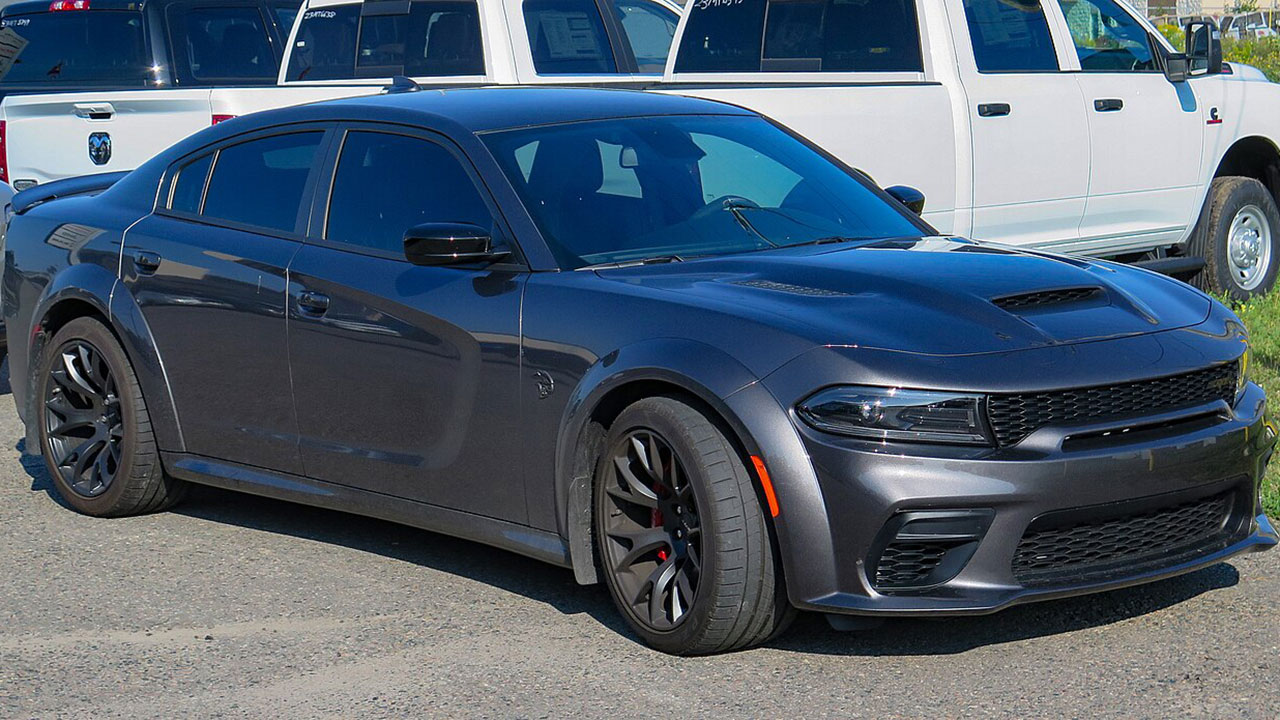
Today, drag racing continues to be a vibrant part of car culture, with events held worldwide attracting both participants and spectators. Modern drag racing events, such as the NHRA Mello Yello Drag Racing Series, maintain the sport’s popularity and showcase the latest in automotive technology. The ongoing relationship between drag racing and modern muscle cars is evident in the continued production of high-performance models like the Dodge Challenger SRT Hellcat and the Ford Mustang Shelby GT500.
The legacy of drag racing is evident in its enduring influence on automotive design and culture. Historical races and legendary performances continue to inspire new generations of car enthusiasts. As the automotive industry evolves, with trends like electric vehicles and autonomous driving gaining traction, the spirit of drag racing remains a testament to the pursuit of speed and innovation. The future of muscle cars may adapt to these changes, but the foundational impact of drag racing will undoubtedly persist, shaping the next chapter of automotive history.
Like Fast Lane Only’s content? Be sure to follow us.
Here’s more from us:
*Created with AI assistance and editor review.

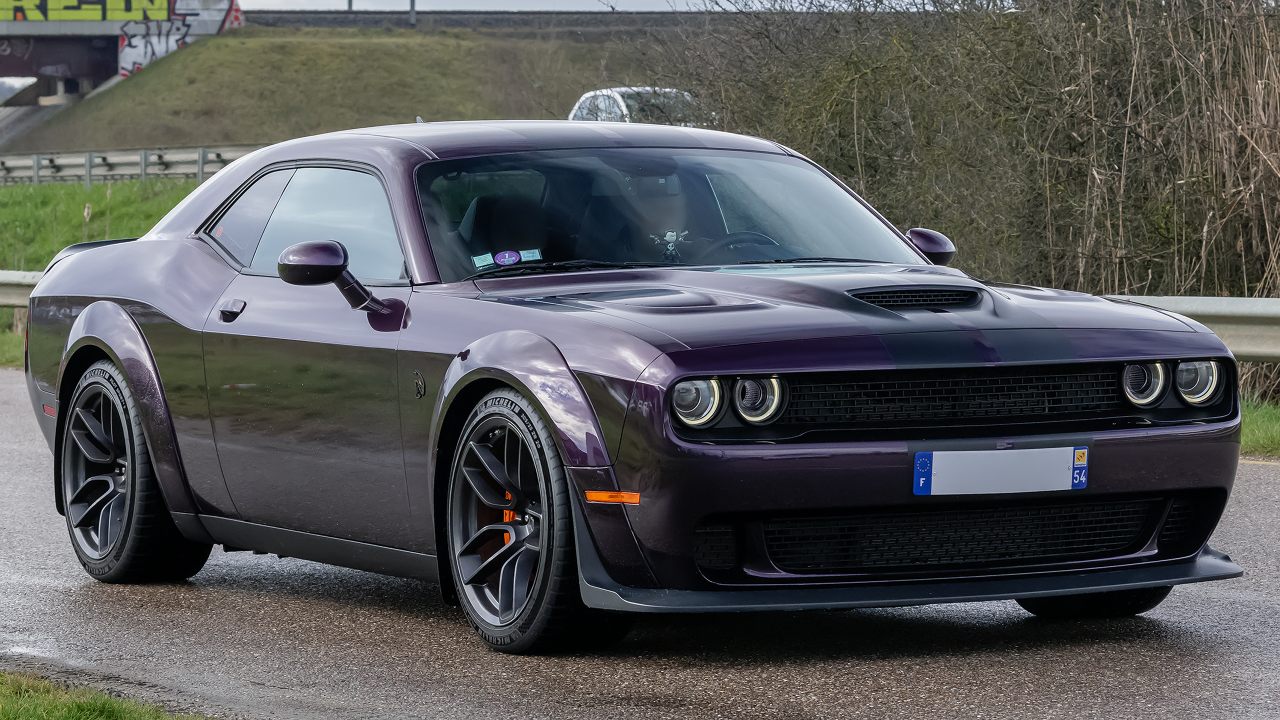
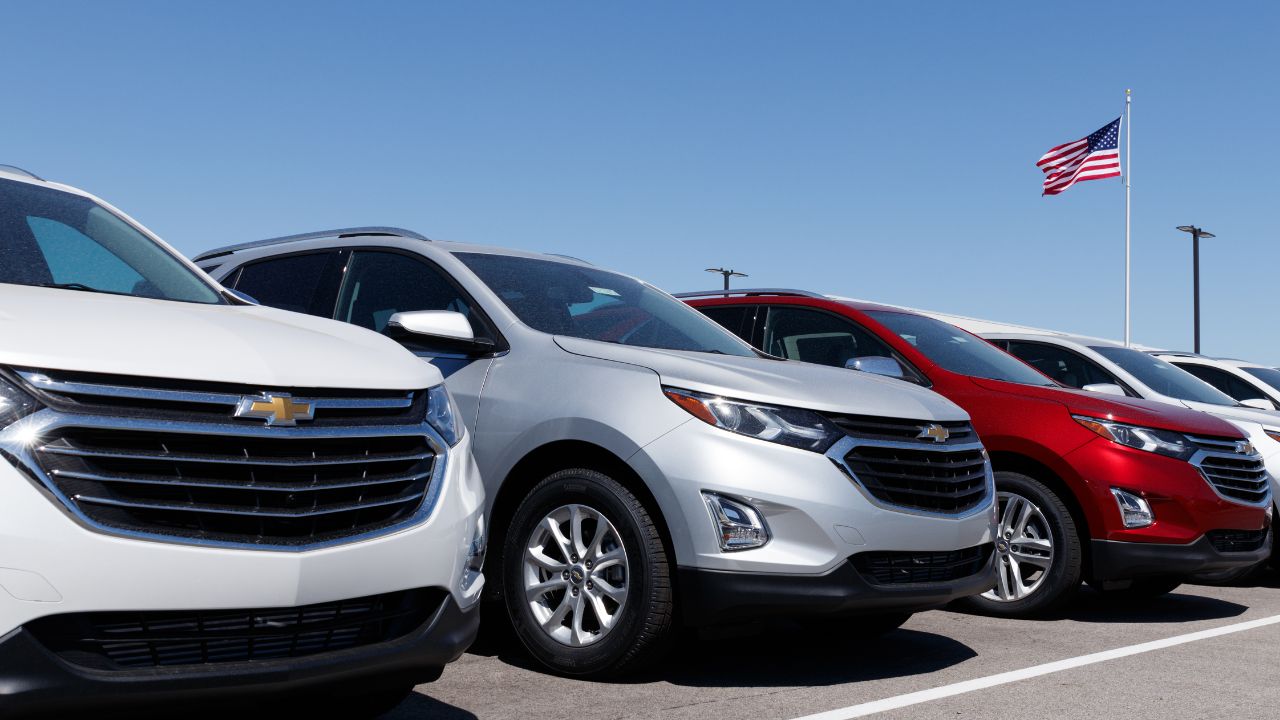



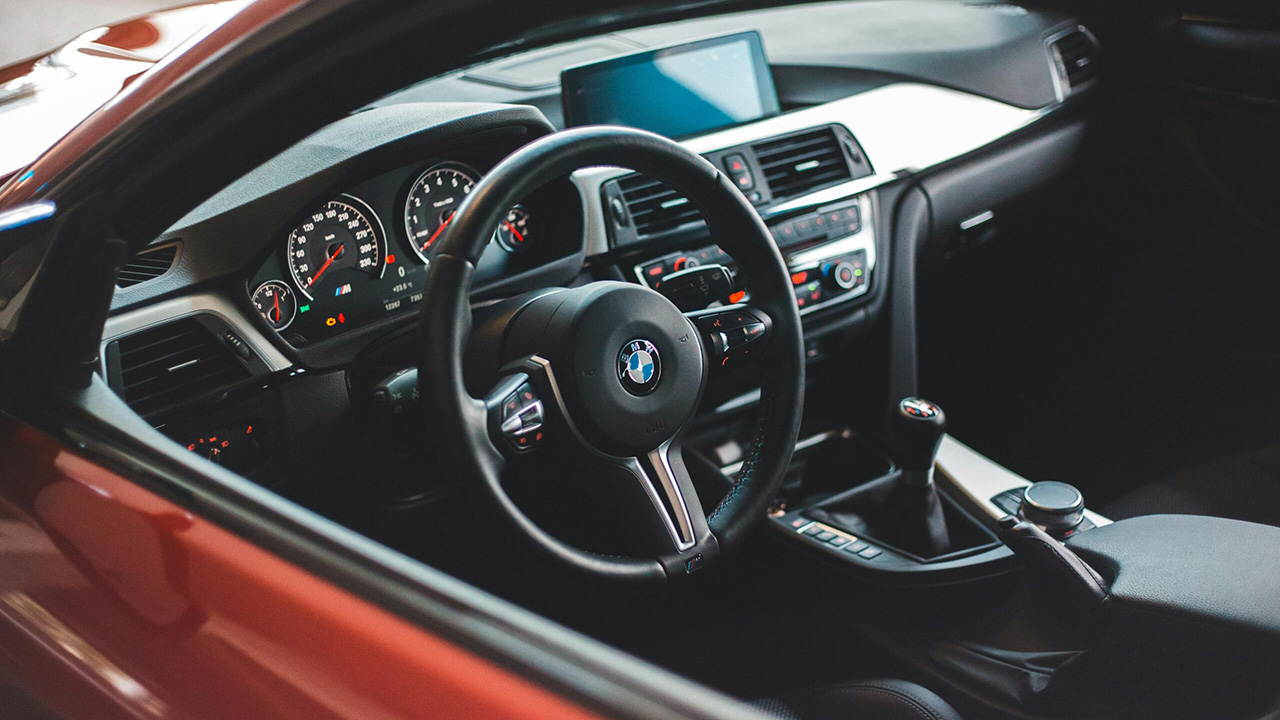
Leave a Reply